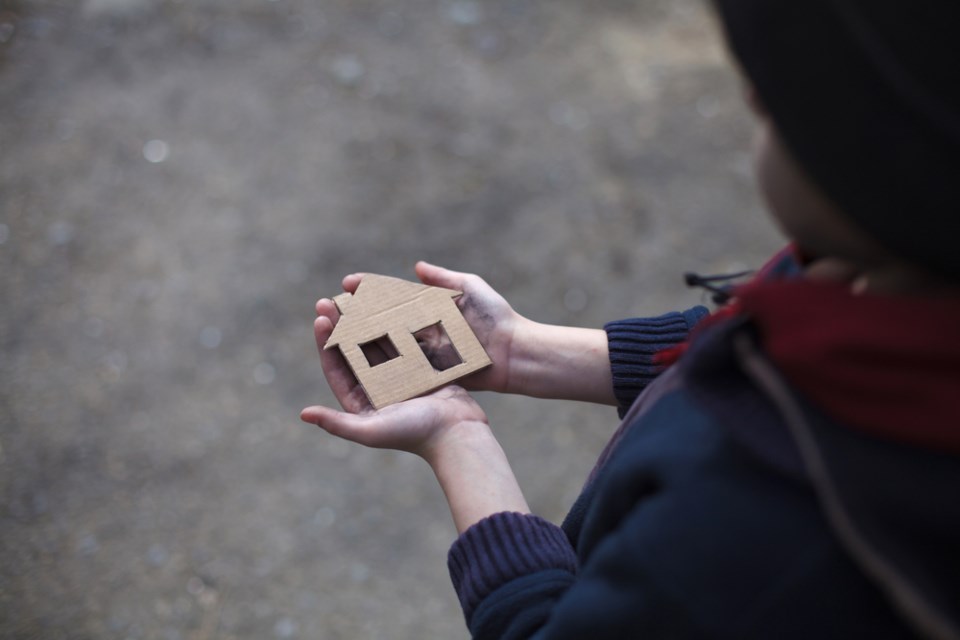The much-romanticized phases of the Sunshine Coast’s past gives this place a glossy sheen.
For many, it’s still a hippie hideaway, a draft dodger’s destination, a haven for fishers and loggers, a vacationer’s coastal escape.
But research presented in a series of public forums this spring makes it harder to escape a dirtier truth.
Last month the median sale price for homes on the Sunshine Coast broke $800,000.
The MLS Home Price Index for the Sunshine Coast shows values have increased 117 per cent in six years.
Legal and illegal evictions on the Sunshine Coast are skyrocketing.
Capacity for seniors housing on the Sunshine Coast is 150. The waitlist is 300.
Seniors discharged from hospital without housing are sent to cheap motels because there’s no alternative.
The 104-unit Greencourt housing expansion in Sechelt has a waitlist of more than 360 people.
The Gibsons supportive housing project on School Road created homes for 40 people. One hundred people applied.
Service providers have been forced to help clients dealing with addiction and mental illness find camping equipment because they can’t find them homes.
Between 2016 and 2019 rent nearly doubled on the Sunshine Coast, while the median income increased by a mere 11 per cent.
As of 2020, homelessness was up 40 per cent from 2018.
The Sunshine Coast school district handed out 79 grocery vouchers in the fall of 2020 to support 280 people, up from 19 vouchers supplied in the spring – a 316 per cent increase.
Food banks have seen demand increase up to 40 per cent in recent years, with evening hours added to accommodate working people’s schedules.
Less than one in five families have access to regulated child care and parents can’t work because of it.
And the grimmest fact of all: A mind-boggling 20 per cent of the Sunshine Coast population lives in poverty.
Most of these facts were presented at the Coming Together on Poverty forums by consultants hired to research and seek input on how poverty is impacting the Coast.
Out of these efforts will come a report in June, laying out a Poverty Reduction Strategy, which could trigger funding from the province to move forward on recommendations.
The time is now to move on these issues, say those behind this effort, especially since the last two years have seen the release of definitive reports on housing and child care – giving decision makers tools to make informed choices about priorities.
It might be easy to be skeptical of yet more planning amidst what feels like a tsunami of urgency. But in the wake of what the group has already uncovered, I’ll take it. It may just force us to scrub hard enough at that sheen and move closer to something real and brighter.



